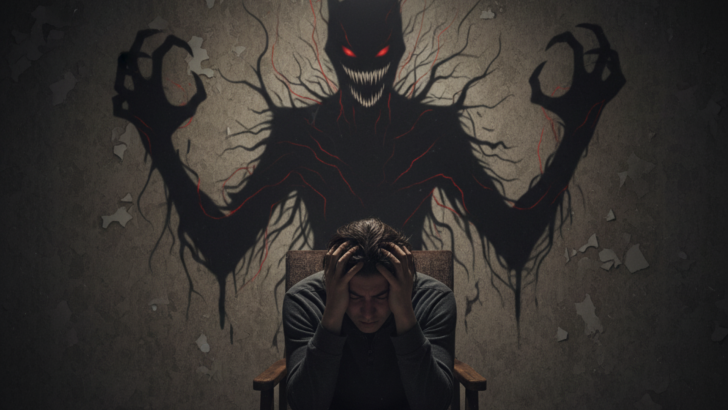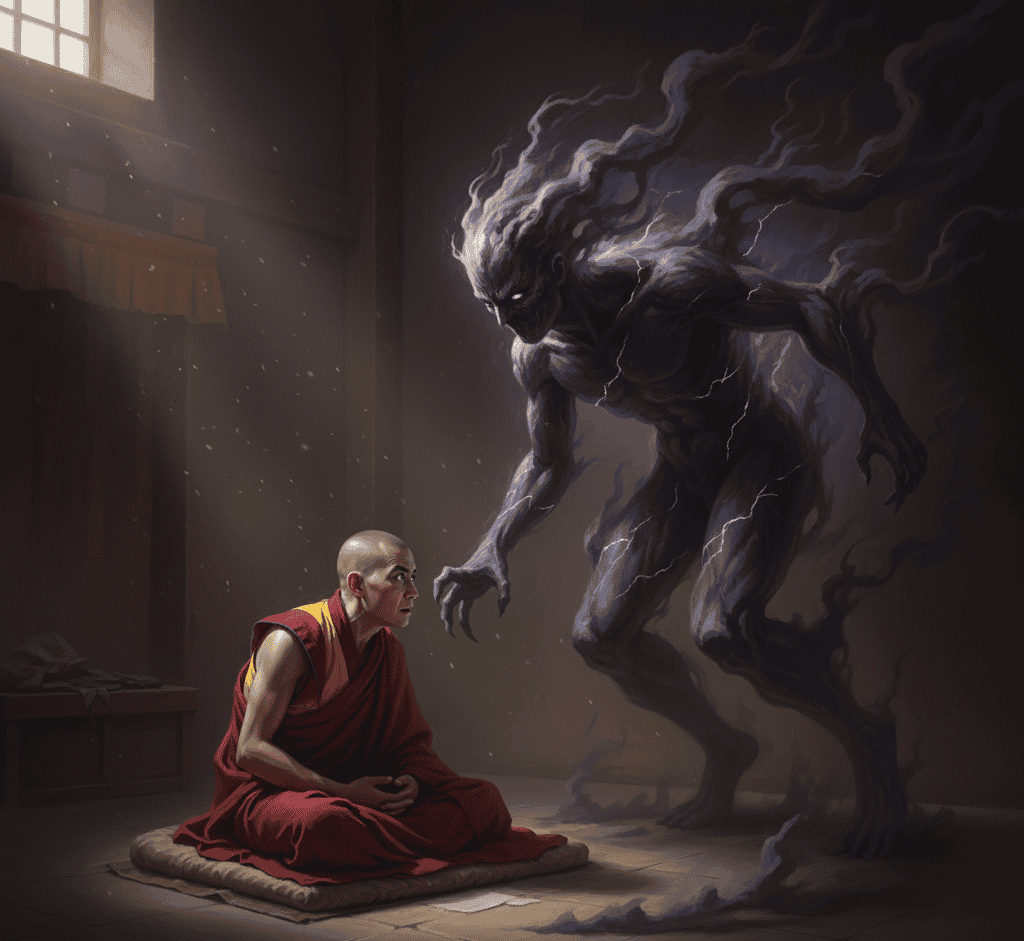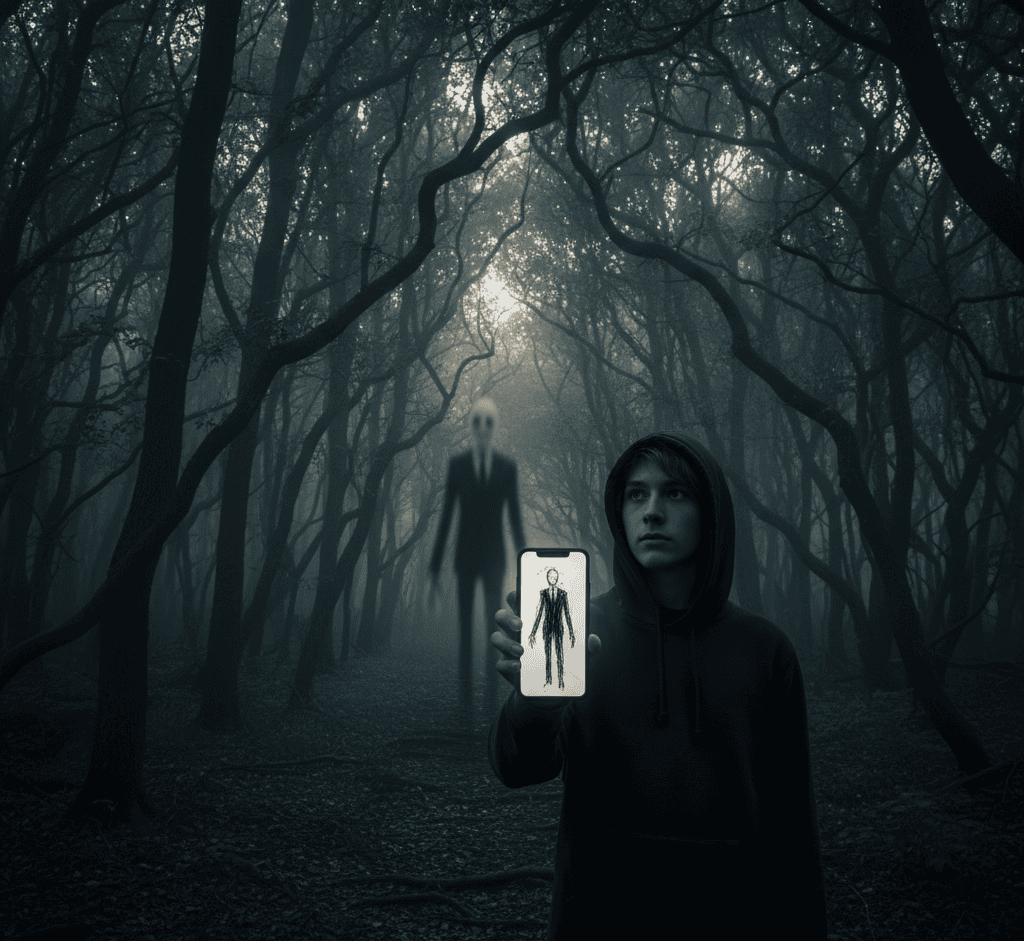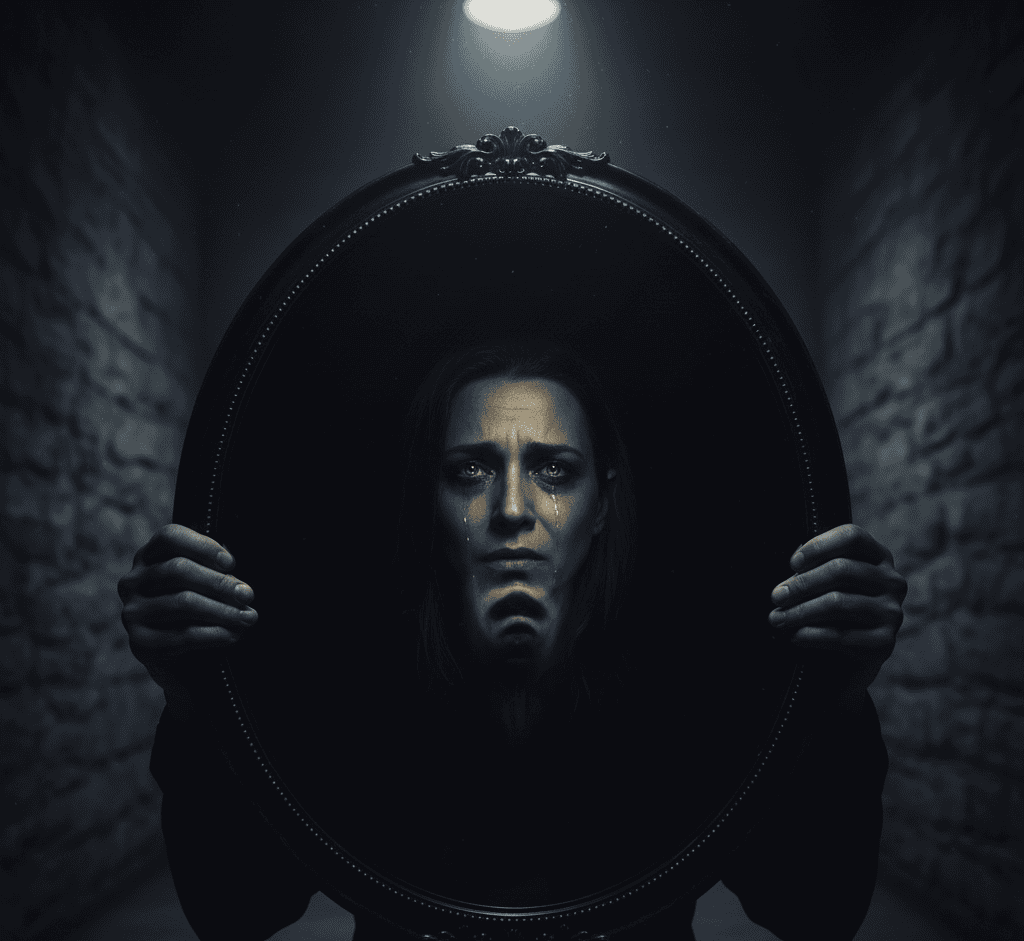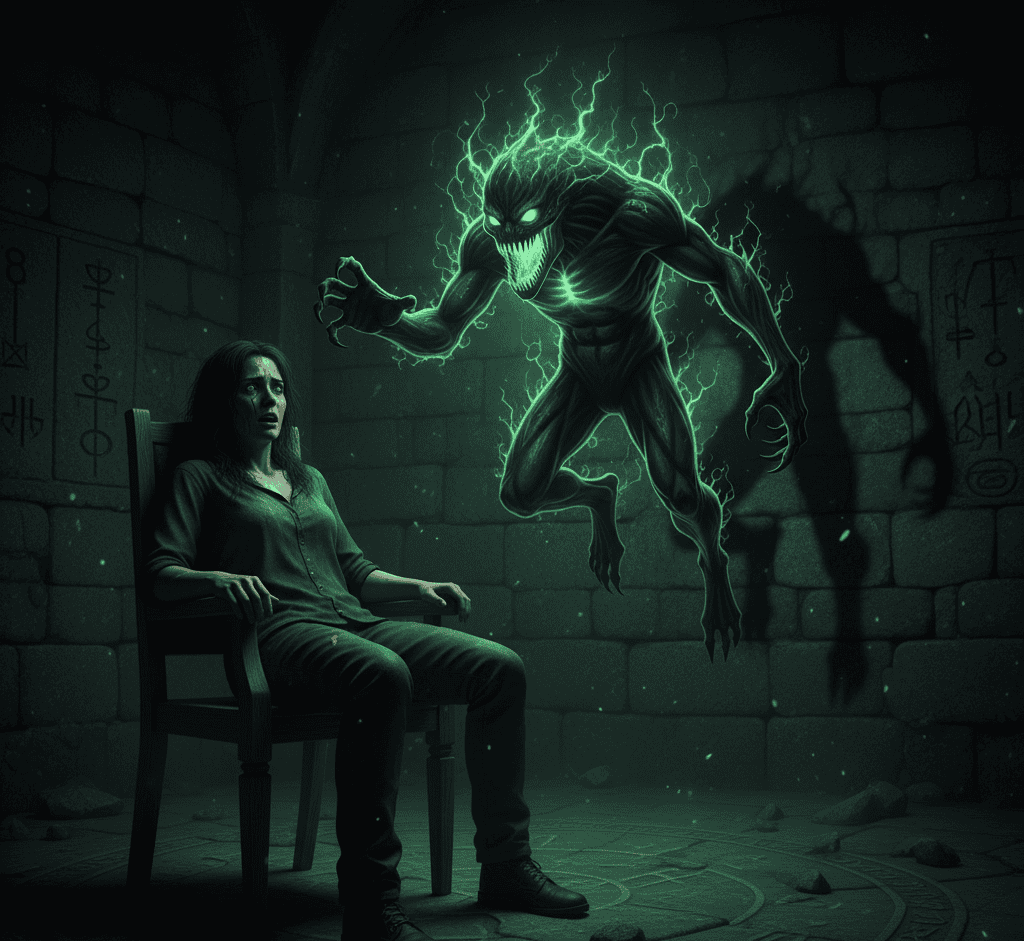Have you ever wondered if something imagined could take on a life of its own? Picture a creature born not from flesh or bone, but from the raw power of thought itself.
The idea sounds like a tale from a fantasy novel, yet stories of such beings known as tulpas have been whispered in both ancient temples and modern online forums.
A tulpa, in essence, is a thought form so vividly imagined and emotionally charged that it becomes real, at least to the one who created it.
Whether that reality is physical or psychological depends on who you ask. Still, the concept touches something deep in us, the strange possibility that belief itself can give birth to monsters.
The Mind as a Creator
The idea of thought shaping reality is older than most written history. In Tibetan mysticism, the tulpa began as a spiritual exercise.
Monks trained their minds to visualize beings in such detail that these forms would seem to take on independent life.
It was never about horror or danger but about testing the limits of consciousness.
Creating a tulpa was a way to confront one’s inner world, every fear, hope, and hidden shadow, to see it reflected outside oneself.
As the story goes, the stronger the monk’s focus and intent, the more vivid the tulpa became. Sometimes, these creations would grow beyond their maker’s control.
The legend of Alexandra David-Néel, a European explorer who studied Tibetan mysticism in the early twentieth century, tells of her conjuring a jolly monk who eventually turned dark and had to be banished through meditation.
Whether her account was literal or symbolic is unclear, but her tale spread across the world and caught the imagination of many who wondered just how powerful the human mind might be.
In today’s language, we might call tulpas psychological projections, living symbols of the energy we pour into them.
But when enough emotion is invested, when belief blurs with obsession, something begins to happen that defies easy explanation.
When Imagination Crosses the Line
The modern tulpa phenomenon has drifted far from its spiritual roots. In online communities and forums, people claim to create tulpas through focused visualization.
They describe them as conscious companions who live within the mind but act independently.
Some say they talk to their tulpas daily, share memories, even argue with them.
To outsiders, it can sound like fantasy or delusion, yet the experiences are often reported with sincerity and consistency.
What fascinates researchers is how belief can shape perception so deeply.
Studies on hallucinations, hypnagogic imagery, and psychological suggestion show that the brain can generate powerful, lifelike experiences when the mind expects them.
When someone truly believes in the existence of another being, the brain’s sensory regions can activate as if that presence were real.
It’s not difficult to see how something once harmless could take a darker turn. If a tulpa reflects its creator’s emotions, then fear, anger, or guilt can twist it into something sinister.
Some who’ve experimented with the practice claim that their tulpas became aggressive, unpredictable, or frightening.
Others insist that the danger lies not in the tulpa itself, but in the person’s own unresolved thoughts surfacing in symbolic form.
It raises an unsettling question. Are monsters real, or are they simply mirrors of the parts of us we try hardest to hide?
Collective Belief and the Birth of Urban Legends
While tulpas are often described as personal creations, the same idea may explain how entire groups of people experience the same supernatural figure.
Think of the Slender Man, a faceless entity that began as an internet meme and quickly evolved into a modern myth.
Within months, people around the world claimed to see him in dreams, woods, and photographs.
What started as fiction took on the eerie shape of shared belief. Folklorists suggest that collective fear can act like a psychological amplifier.
The more people believe, the more the myth feels real, and the brain begins to interpret random shadows or coincidences through that lens.
Cultures across history have done this instinctively, transforming local fears into gods, demons, or spirits.
In a sense, humanity has been creating tulpas for millennia, just on a communal scale.
This idea isn’t limited to monsters. Belief can also summon benevolent figures, guardian spirits, ancestral protectors, or saints who answer prayers.
In each case, the emotional charge of faith gives shape to the unseen. Whether you call it divine intervention or psychological projection, the pattern remains: what we believe changes what we experience.
Maybe that’s why horror stories, rituals, and folklore endure. They remind us that imagination is not a toy.
The stories we repeat, the fears we feed, the hopes we nurture—they all leave traces in the invisible fabric of our world.
The Mirror in the Mind
The tulpa phenomenon forces us to look inward. If belief can give birth to monsters, then the real mystery isn’t about them, it’s about us.
Our thoughts, feelings, and memories are far more alive than we think. When we dwell on anger or fear, it doesn’t just vanish into the void.
It lingers, shaping how we see the world. And if we feed it long enough, it begins to take on a kind of presence.
That’s what makes the idea of tulpas both fascinating and frightening. They are metaphors for the way we build our realities.
Every story we tell about ourselves, every fear we repeat, every image we hold close. It all becomes part of our inner landscape.
Some people find companionship in their imagined creations, while others find a reflection of their pain.
But maybe the lesson of the tulpa isn’t about fear at all. Maybe it’s a reminder that belief is power.
When directed with care, that same energy that can create monsters can also bring healing, creativity, and connection.
The line between imagination and reality has always been thinner than we admit, and we walk it every time we dream, hope, or pray.
The Thought That Watches Back
So, can belief alone create a monster? Perhaps not in the way horror stories suggest, but there’s something undeniably real about the energy we give shape to.
The mind is a landscape where thoughts have weight, and attention is the light that makes them grow.
The next time you feel the chill of an unseen presence or dream of a face you cannot place, it might not be something from outside.
It might be your own creation, something born from years of emotion, memory, and focus. And just as it can be born, it can be understood, healed, or transformed.
The tulpa is not only a myth of creation, but it’s a mirror of human imagination.
It shows us that the monsters we fear most may be waiting not in the shadows of the world, but in the depths of our own belief.

Sempre senti uma forte ligação com o Divino desde o meu nascimento. Como autora e mentora, a minha missão é ajudar os outros a encontrar o amor, a felicidade e a força interior nos momentos mais sombrios.

